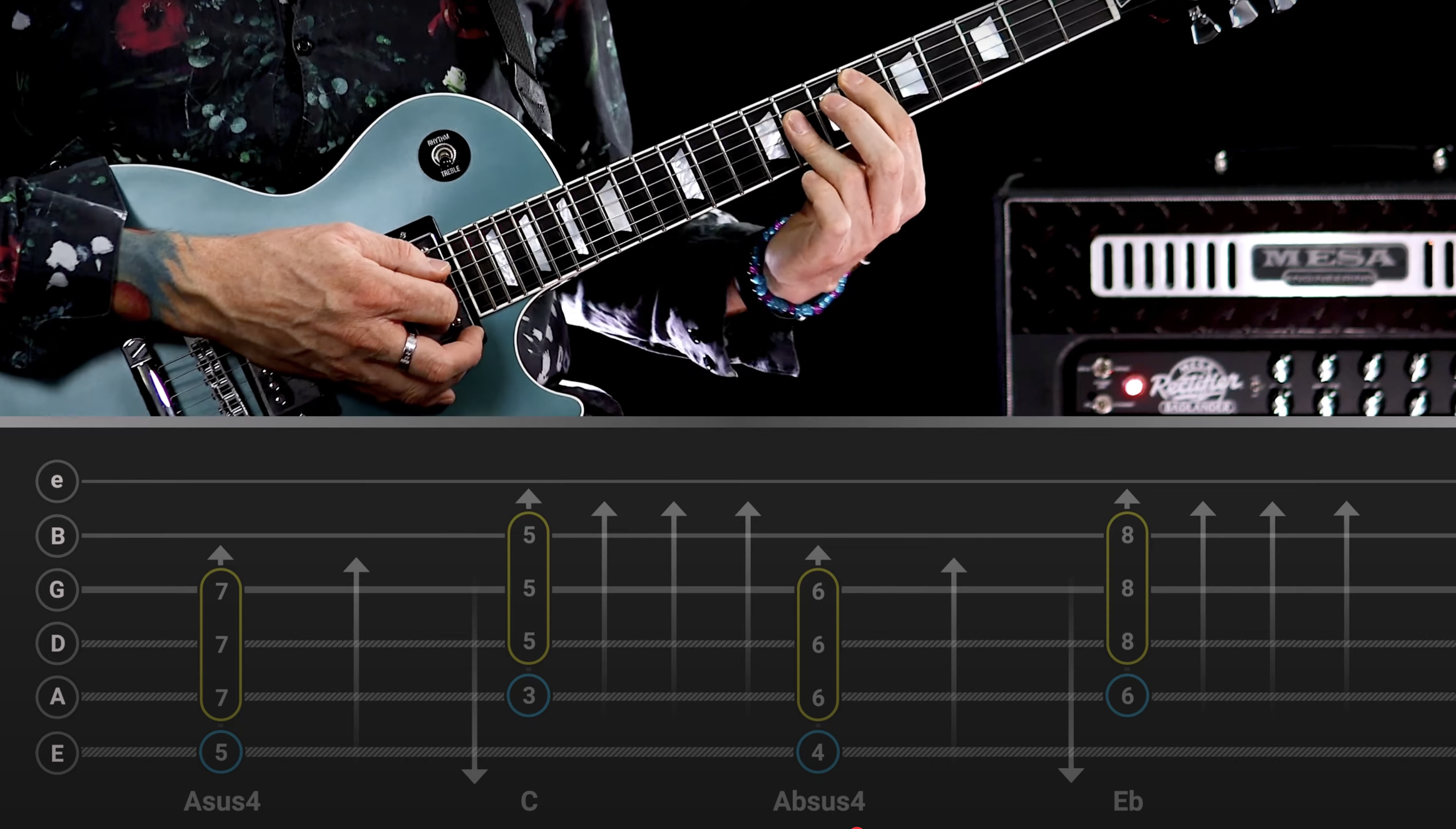Kurt Cobain’s power chord secret revealed
Nirvana reshaped the landscape of modern music with their influential 1991 album, Nevermind. Kurt Cobain’s rhythm guitar style, showcased to thrilling, hitmaking effect in tracks like “Smells Like Teen Spirit” and “Lithium,” is characterized by distinctive power chord transitions and unconventional progressions. Cobain had a knack for finding just the right delicate dissonance to introduce into both progressions and arpeggiated melodies, but he also liked to rock out with slabs of distortion.
Nirvana drummer and Foo Fighters frontman Dave Grohl praised Cobain, telling Far Out, “I think it’s safe to say that he was the greatest songwriter of our generation. I’m very proud to say that I got to be his drummer and play those songs every night.”
In this Gibson App video tutorial, we’ll explore how Cobain used simple yet effective techniques to achieve his signature grunge sound. The opening presents the progression with full accompaniment, but instructor Jamie Humphries will then lead you through the progression with tabs and explanations and finally demonstrate it with a simple click track.
Cobain often shifted between power chords with the root note on the low E or A strings, maintaining a consistent shape with his third finger across multiple strings—the same barre shape you’d use to play a major chord with the root on the A string, using only the forefinger and third finger or pinky instead of the more traditional approach where you’d fret the root on the A string with the index finger and those higher three notes on the D, G, and B strings with the middle, ring, and pinky.
This more straightforward approach allowed Cobain to seamlessly transition between chords while preserving a raw, gritty tone, often using percussive muting for additional dissonance during transitions. Cobain often played an A power chord with the forefinger fretting the root on the low E (fifth fret), and the third finger in a three-string barre with the G string as the highest note. This creates a sus4 flavor. Moving this shape to the third fret with the root on the A string to form a common C major chord demonstrates how Cobain utilized these shapes to build his chord progressions, adding a sinister quality with intervallic jumps, such as the A flat chord followed by an E flat major.
To practice Cobain’s style, begin by familiarizing yourself with the chord shapes and transitions mentioned. The rhythm typically involves a straightforward down-down-up pattern, occasionally mixed with open strings or quick chord changes. For example, after the second downstroke, an upstroke helps transition smoothly between chords without interrupting the flow. Humphries argues that you ought not to worry about perfection here. Focus on maintaining the timing and feel of each chord change, especially when shifting positions.
By mastering these grunge guitar techniques inspired by Kurt Cobain, you’ll not only enhance your playing style but also gain insights into crafting distinctive and evocative chord progressions reminiscent of one of rock music’s most influential figures.
Check out some of our previous video lessons featuring the guitar styles of Alice in Chains, Soundgarden, and Stone Temple Pilots. Explore the world of the Gibson App today and start your free trial on iOS and Android devices.

